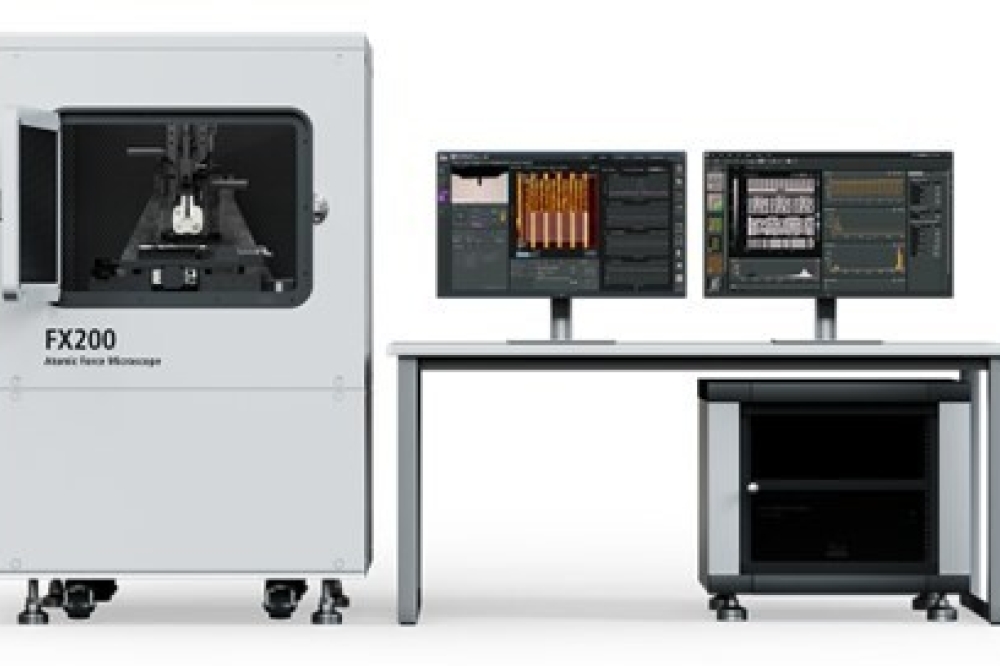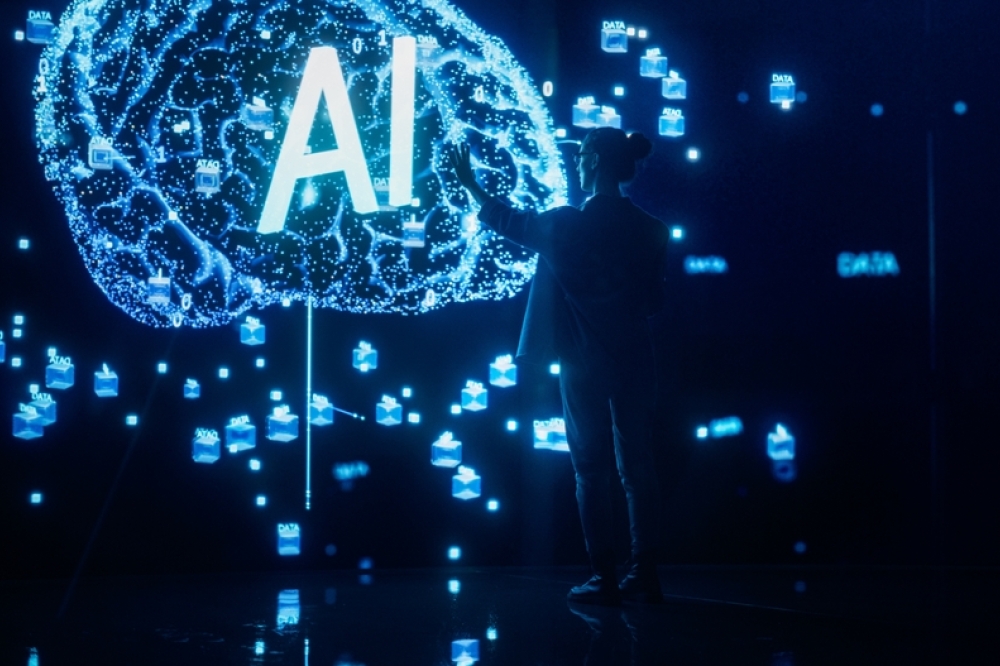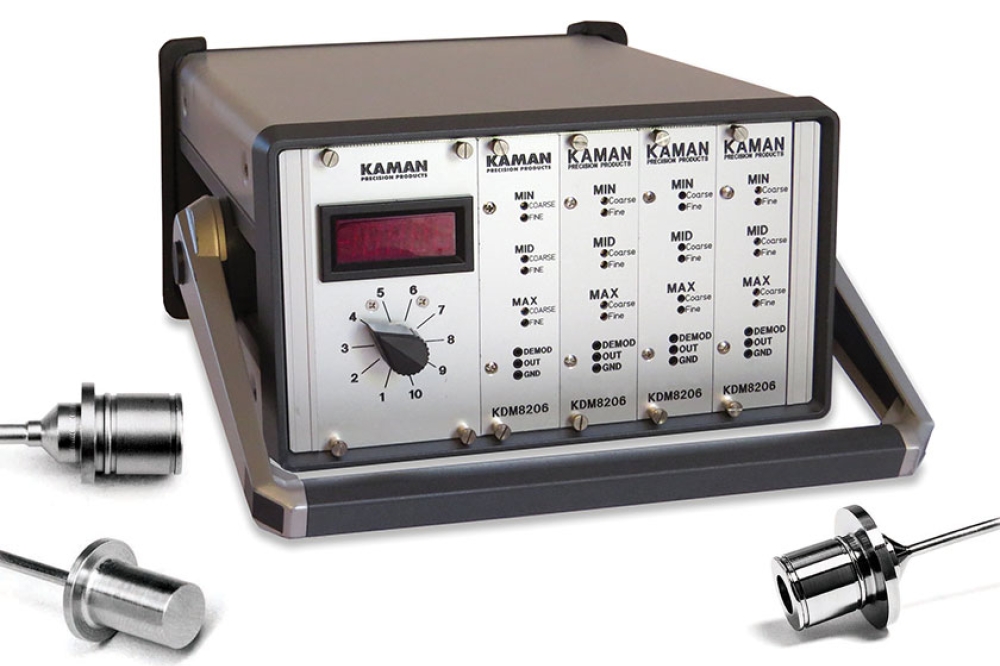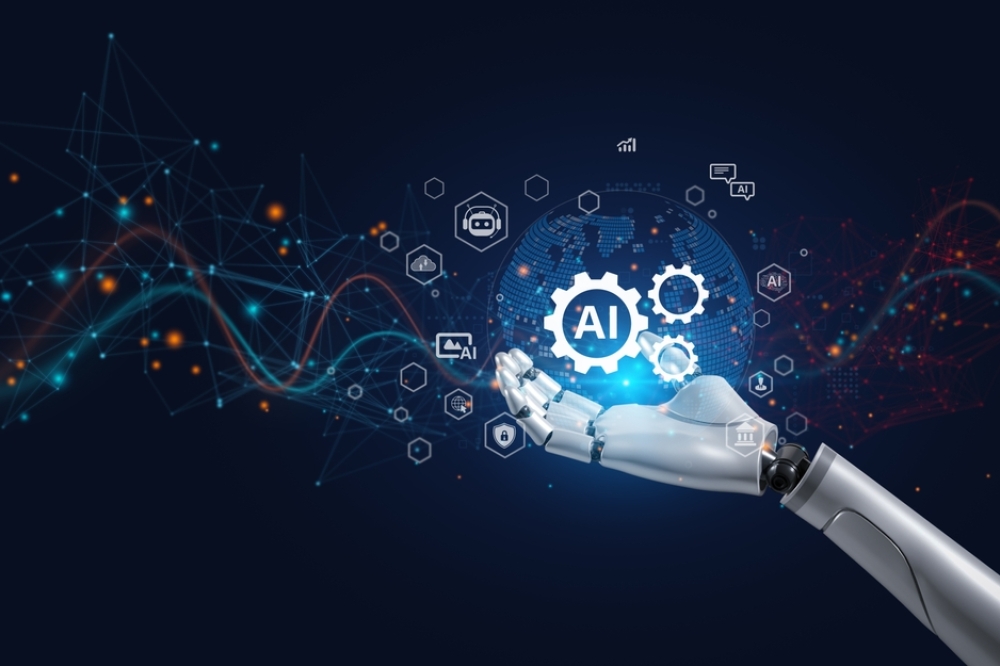
Automating the semiconductor industry: Electron microscopes, AI and ML
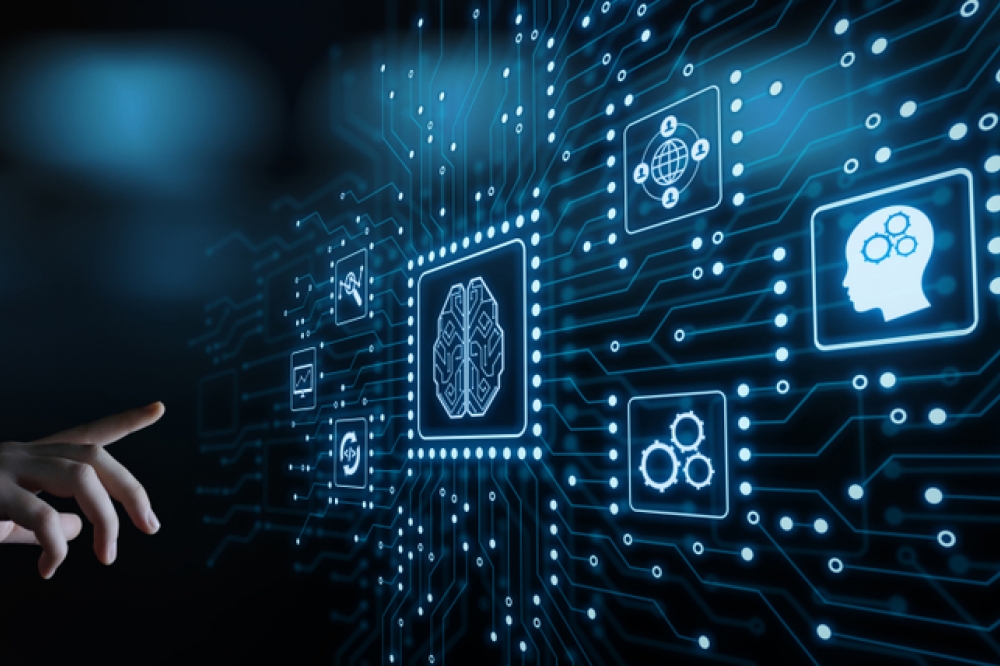
To support semiconductor manufacturers’ needs to automate, advanced electron microscopes are integrating AI capabilities to provide faster time-to-data and increase the productivity of human and tool resources.
By David Akerson, Sr. Global Market Development Manager and John Flanagan, Software Engineer, Thermo Fisher
Over the last five years, interest in deploying artificial intelligence (AI) and machine learning (ML) applications in the semiconductor industry has grown rapidly. With processes and tools that generate petabytes of data, AI, with its ability to mine and utilize data, offers many opportunities to semiconductor manufacturers as they strive to improve processes, optimize human and tool resources, and automate labor intensive tasks. Among the many opportunities from AI and ML are process automation, tool optimization, fault detection and classification, predictive tool maintenance, metrology, process control, fleet management and many more.
In this article, we will focus on AI and ML and the automation capabilities in electron microscopes for the semiconductor industry, including scanning electron microscopes (SEM), focused ion beam SEMs (FIB-SEM), transmission electron microscopes (TEM) and scanning transmission electron microscopes ((S)TEM). We’ll begin with a brief discussion of AI and ML, present the case for automating electron microscopes, and discuss AI/ML capabilities available in today’s electron microscopes.
Electron microscope (EM) sample growth from 10 nm to 3 nm
AI and ML
Before discussing AI in electron microscopes, a brief review of AI concepts may be helpful.
At a high level, AI is not a single technology. Rather, it is collection of technologies that together allows machines to mimic human intelligence. AI systems incorporate four capabilities: 1) the ability to sense with cameras or sensors; 2) the ability to comprehend by extracting information, detecting patterns and recognizing context; 3) the ability to act and 4) the ability to learn. Of the four capabilities, learning is the most associated with AI.
While many consider AI and ML as synonymous, the two are slightly different concepts. ML is a subfield of AI and refers to automating learning. For an AI system, ML allows it to sense, understand, assign significance, and modify behavior in an iterative process based on past results against specified parameters to improve performance. ML applications can be descriptive, predictive or prescriptive.
A variety of ML techniques exist grouped into two rough categories: Unsupervised learning and supervised learning.
Supervised learning requires data labels or annotations, which function as a teacher for the machine learning task. Unsupervised learning seeks to uncover patterns and natural grouping in the data without the need for labels. Since labeling data is expensive and time-consuming, unsupervised learning can be advantageous. However, many machine learning tasks are not amendable to pure unsupervised learning such as image classification. Often these techniques can be combined. The technique of self-supervised learning first learns on the vastly larger bodies of unlabeled data using a task related to the desired task. The ML system is then reconfigured to tune itself on the smaller body of labeled data.
Regardless of the method used, it is important to remember that ML depends on the quality, bias and size of the training data set. Faulty, poorly labeled or incomplete data can result in machine learning bias where, if the AI system is trained in a certain way, it can provide information in an unintended way.
An additional subfield to be aware of is deep learning (DL). DL is a specific type of ML inspired by biological neural networks. DL uses artificial neural networks, which mimic biological neural networks in the human brain to process information, find connections between the data, and come up with inferences. The DL boom kicked off with AlexNet in 2012, where AlexNet produced a quantum leap improvement in the ImageNet classification task, a key challenge in the computer vision field. Deployment of DL further revolutionized the fields of machine translation, speech recognition, protein folding and many more applications.
Finally, it is also important to note that automation can be labor-intensive. Machine learning algorithms need to be trained, possibly with labeled data, requiring a time investment in data annotation. However, once this is done, the algorithms can work well on the target task provided the target/inference data matches the training data domain. If the data drifts, retraining is required.
The Case for Automated Electron Microscopes
Simply stated, semiconductor manufacturing is among the most complex endeavors ever undertaken. Manufacturing today’s three-dimensional (3D) semiconductors requires hundreds of process steps to produce a single chip containing billions of transistors and interconnect lines. As logic and memory move to increasingly higher ratio 3D structures with higher densities, the availability of statistically relevant data with sub-angstrom accuracy has become critical for identifying defects and out-of-tolerance process steps. As a result, advanced FIB-SEM, SEM and TEM tools become critical components for acquiring data in all leading-edge wafer fabrication processes.
Within the semiconductor industry, electron microscopes have, and continue to play an increased role in supplying data to improve and optimize fabrication workflows. Data is extracted from samples for (S)TEM imaging and analysis to calibrate toolsets, diagnose failure mechanisms and optimize process yields. However, prior to performing the highly specific measurements, the sample needs to be prepared with a FIB-SEM, and it should be noted, (S)TEM imaging and analysis are greatly dependent on the quality of the sample.
Historically, the challenging task of sample preparation for SEM and TEM analysis has been performed manually by experienced FIB-SEM users. In the case of TEM sample preparation, this can be particularly time-consuming. However, manual processing is quickly becoming unsustainable as the number of samples required to support each successive semiconductor generation’s development has grown exponentially and is exceeding available human resources. To provide context, a typical leading-edge semiconductor manufacturer may produce 35,000 to 40,000 samples per month on current process nodes and this number is expected to multiply substantially with the next generation.
Once a sample is prepared, the analytical work begins. Using an advanced metrology (S)TEM such as the Thermo ScientificTM MetriosTM AX, the lab measures critical dimensions and characterizes the device to gain a better understanding of its make-up at the atomic scale. Similar to sample preparation, this task has traditionally been performed manually and can also be time-consuming.
Faced with an increase in the number of samples to be processed and the need to provide information turns faster, many semiconductor manufacturers are pursuing tool automation in the lab and fab. interested in automating tools in the lab and fab.
AI/ML in electron microscopes
To a certain degree, the AI capabilities of today’s electron microscopes are in their infancy and mainly found in the two areas: system calibration and process automation. A less developed category is data analytics. To provide examples of some AI applications for the semiconductor industry, below is a brief description of some of the AI-enabled capabilities in Thermo Fisher Scientific’s (S)TEM, DualBeam and scanning electron microscopes (SEM).
System calibration
System calibration is primarily about keeping the electron microscope in a working state and optimizing its performance. Within system calibration, four of the most widely known applications are tool alignment, predictive maintenance and monitoring, fleet management and image optimization. Examples of these applications follow.
With tool alignment, the electron microscope utilizes computer vision and advanced algorithms to align the column and the beam. AI tracks the column’s alignment state and compares it to the stability window to keep the tool aligned and operating at specification. This ensures high quality data capture and prevents losses in productivity due to runtime errors or excursions found after data has already been collected.
Predictive maintenance and monitoring are enabled by using AI and collected sensor data to automate the identification of potential issues that may impact tool operation. Predictive maintenance and monitoring provide the ability to avoid unplanned downtime, proactively schedule maintenance as required, or be notified to intervene when a sudden failure is imminent.
An additional example of an application in this category is image optimization. For the semiconductor industry, data cleaning or denoising can be of vital importance to produce reproducible and statistically meaningful quantitative analysis of (S)TEM data. In the example below, a ML network was trained on the structures to reduce the signal-to-noise ratio (SNR) and improve SEM image quality and acquisition speed. The images on the right are the denoised images.
3D NAND channel image without (left) and with (right) SNR image optimizations
Process automation
The goal of process automation applications is to automate the performance of sample preparation, data acquisition and metrology tasks to increase the productivity of workforce resources. Three examples of applications that provide process automation are end-pointing, automated recipe workflows and region of interest (ROI) navigation.
End-pointing detection utilizes ML, sensor and metrology measurements to stop milling when the metal or via layer of interest is exposed. When a specific sensor measurement, feature or threshold is seen, the etch tool is instructed to halt the etch operation.
With automated recipe workflows, “recipes,” or scripts are written and utilized to perform repetitive tasks. ML is a recipe component enabling the recipe to adapt to local data.
The final example in this category, ROI navigation, allows detection of specific features to automatically navigate to a ROI. Through this capability, users are able to improve cut placement, define image acquisition areas and enhance the quality of the end data.
ROI navigation and image acquisition of a GAA device enabled by AI
Data analytics
As mentioned above, semiconductor data analytic applications are not as well developed as they are for many other industries. While there is strong interest in applications that utilize data insights to drive better choices, a number of factors have contributed to the lack of these applications. One of the key factors has been a sparsity of data. With recent advancements in deep learning, it is creating opportunities for new applications. However, there is a great need for data. In some cases, customer specific data is not required. For others, as large volumes of data are needed, there is a need for collaboration with the semiconductor manufacturer to build a production-worthy application.
Summary
For the semiconductor industry, many factors are coming together that necessitate the need for automation in operations, including more complex designs, longer development cycle times, increased competition and technical resource constraints. As a result, many semiconductor manufacturers are exploring technologies to automate their operations utilizing AI.
AI has the potential to generate huge business value as semiconductor companies develop new products and ramp manufacturing. Benefits include automating tasks to free up skilled resources, improving the performance of tools, optimizing human and tool productivity and accelerating development cycles and time-to-market.
To support semiconductor manufacturers’ need to automate, advanced electron microscopes are integrating AI capabilities to provide faster time-to-data and increase the productivity of human and tool resources. While still in its infancy, the AI capabilities in electron microscopes are likely to grow rapidly as manufacturers seek to extract the value hidden in their data.
David Akerson
John Flanagan

























